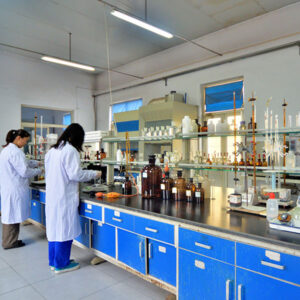When comparing Lithium Dodecyl Sulfate (LDS) to Sodium Dodecyl Sulfate (SDS), there are several directions you can take to discuss the topic. Here are a few angles:
- Chemical Structure and Properties:
– Compare the molecular structure of LDS and SDS, emphasizing the differences between lithium and sodium ions.
– Discuss the physical properties, such as solubility, melting point, and critical micelle concentration (CMC).
- Applications:
– Highlight the common uses of SDS in laboratory and industrial settings, such as in protein denaturation and as a detergent.
– Explore the specific applications of LDS, especially where lithium-based surfactants may be preferred.
- Effectiveness and Efficiency:
– Compare the effectiveness of LDS and SDS in various applications, such as their ability to disrupt cell membranes or emulsify oils.
– Analyze any differences in efficiency or performance metrics in specific use cases.
- Environmental Impact and Safety:
– Discuss the environmental implications of using LDS versus SDS, including biodegradability and toxicity.
– Compare the safety profiles, including handling precautions and potential health effects.
- Cost and Availability:
– Compare the costs of LDS and SDS, taking into account factors such as raw material availability and production processes.
– Discuss the market availability and any supply chain considerations.
- Research and Development:
– Explore current research trends involving LDS and SDS, highlighting any novel applications or discoveries.
– Discuss potential areas of development, such as improvements in formulation or new uses in emerging industries.
- Performance in Specific Scientific Techniques:
– Compare the performance of LDS and SDS in specific scientific techniques, such as electrophoresis, chromatography, or mass spectrometry.
– Discuss any observed differences in results or experimental outcomes when using LDS instead of SDS.
- Regulatory and Standards Compliance:
– Analyze how LDS and SDS comply with regulatory standards in different industries, such as pharmaceuticals, cosmetics, and food processing.
– Discuss any certifications or approvals required for their use.


















